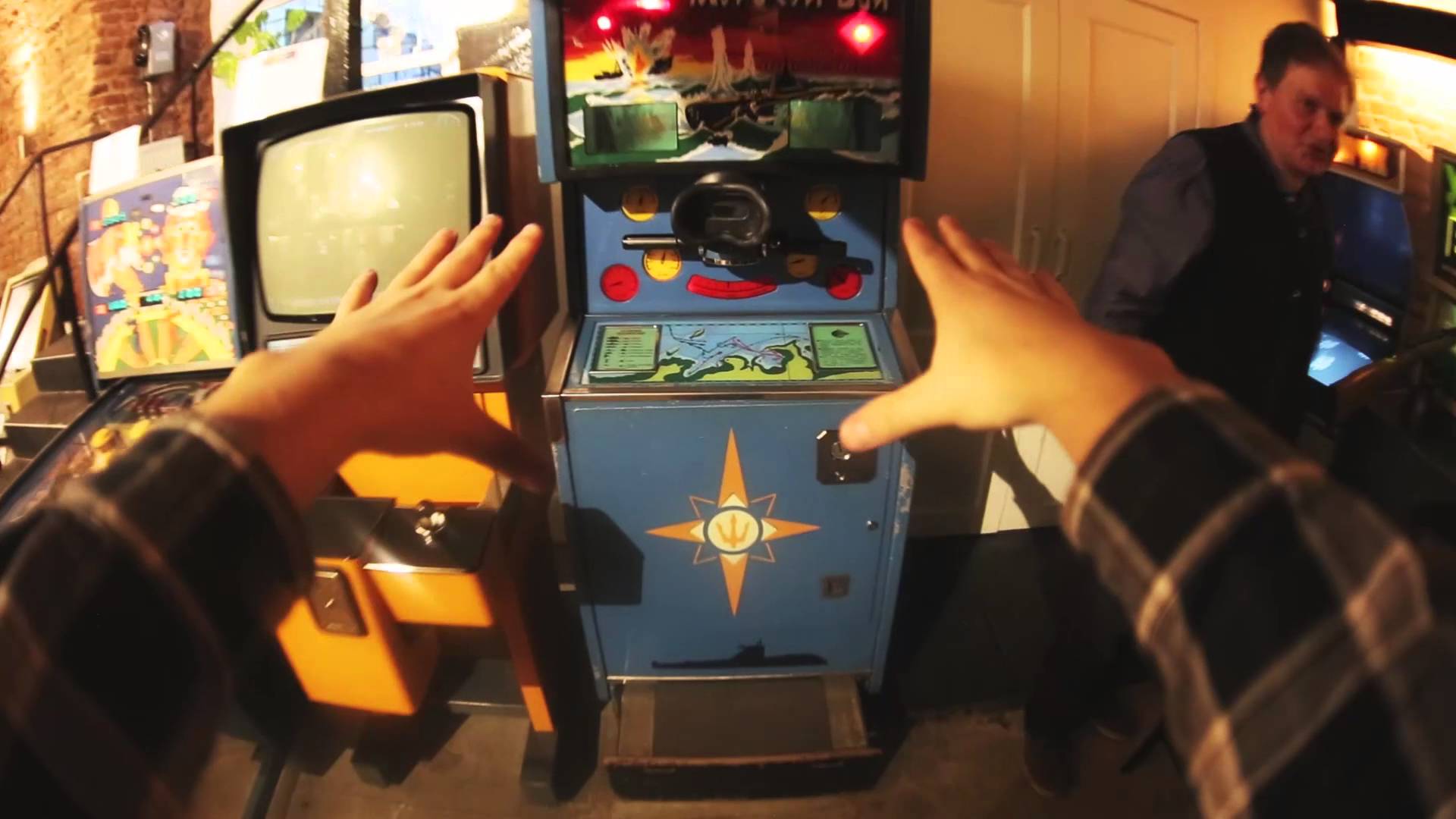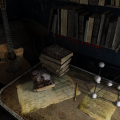Nikita Khrushchev, during his whirlwind tour to America in 1959, fell in love with many things. These included, more famously, corn and Richard Nixon’s car. However, when Khrushchev returned to the USSR, he brought with him a renewed conviction not just to grow corn, but to provide the Soviet people with more consumer goods – including arcade games.
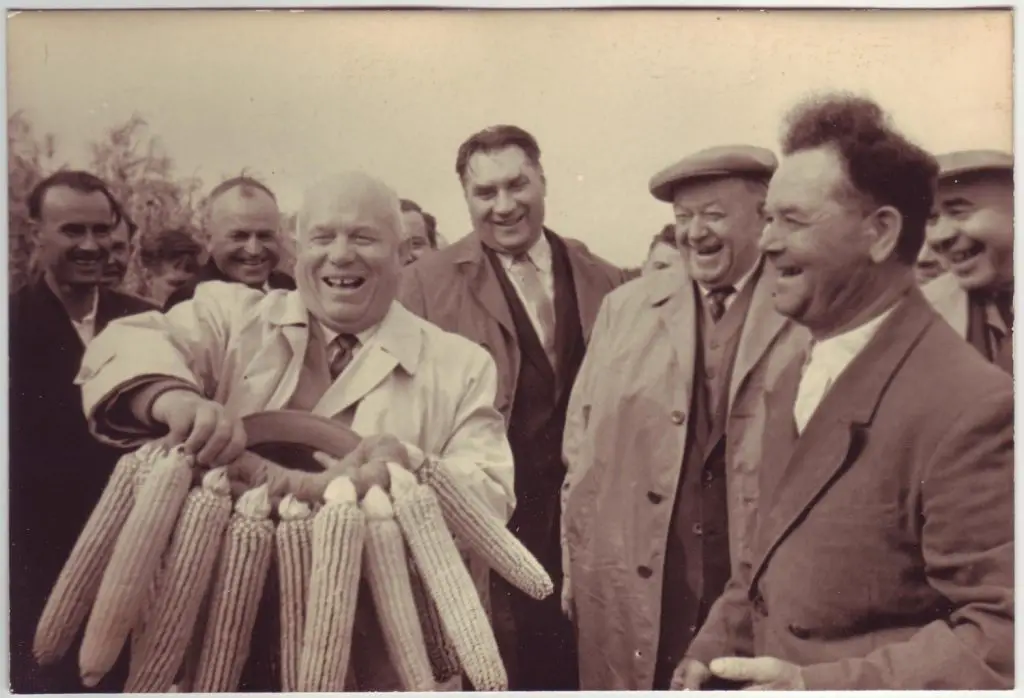
On Khrushchev’s orders, the Ministry of Culture imported Western and Japanese machines for research, and commissioned the newly-created SoyuzAttraction (СоюзАттракцион) to design and distribute domestic counterparts. They began by adapting the foreign games to Soviet ideology, often by replacing cowboys and aliens with Russian folk heroes. The games, designed to develop hand-eye coordination, strength, reaction speed, and logical, focused thinking, were influenced by military training to produce more militarily adept citizens.
The Turnip Strength Tester (Репка силомер), for example, is based on an old children’s rhyme fable in which a family planted a turnip that grew so large that the family could only harvest it by working together. According to the story, only after the mouse took hold of the cat, the cat took hold of the dog, the dog took hold of the granddaughter, the granddaughter took hold of the grandma, the grandma took hold of the grandpa, and the grandpa took hold of the turnip, could they all pull together to remove it from the ground. In the arcade version, as you pull the “turnip,” the family member(s) with which your strength correlates lights up. If all the family members are lit, you’re strong!
Gorodki (Городки), an ancient Russian game, was also turned into an arcade attraction. To play Gorodki, sticks are lined up in different configurations (“little structures”), which are then toppled by hurling a wooden stick about 5′ tall and the thickness of a shovel stock. In the arcade version, you utilize a left-and-right moving joystick with a red button that launches a spinning stick. The object is to destroy the little structures in as few attempts as possible, and you progress to the next level after completely destroying the structure.
Soviet officials found that only defense facilities had the technological capacity to create the arcade machines. SoyuzAttraction decided to distribute schematics between 22 classified factories otherwise engaged in manufacturing electronics for nuclear testing and weapons. Their first task was to reverse-engineer the foreign machines and reconstruct them with domestically available parts. Often, as the Soviet processors were not as powerful as the foreign components, engineers had to improvise with multiple domestic processors assembled in a complex circuit to achieve the desired result.
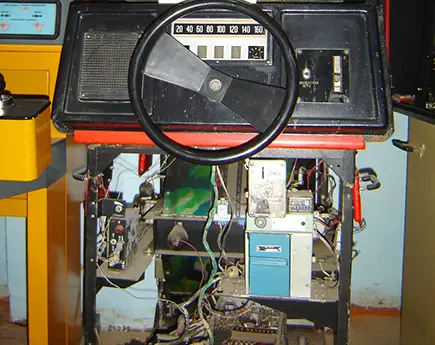
Despite differences in production, both US and Soviet arcade games tended to weigh around 300-350 pounds. The costs were about the same as well – in 1959, a pinball machine generally cost a dime while a candy bar or a coke would cost about a nickel. On the Soviet side things were a little more expensive: a large mug of kvass or an ice cream cost about five kopecks, and a standard game cost about 15. Each Soviet machine was designed to hold 700 coins, or 105 rubles – an average month’s salary at the time.

One of the most popular USSR arcade games was “Sea Battle (Морской бой),” which requires the user to peer through a real periscope, as in a submarine, to aim at seven passing ships, which the player had seven shots to sink. The same concept applied with “Winter Hunt (Зимняя охота)” – different animals light up and run across the display while you shoot them with a light-sensitive rifle. In the spirit of Marxist ideology, the games were not programmed to include a high-score list. If you completed the game successfully, you were simply rewarded with a free game.
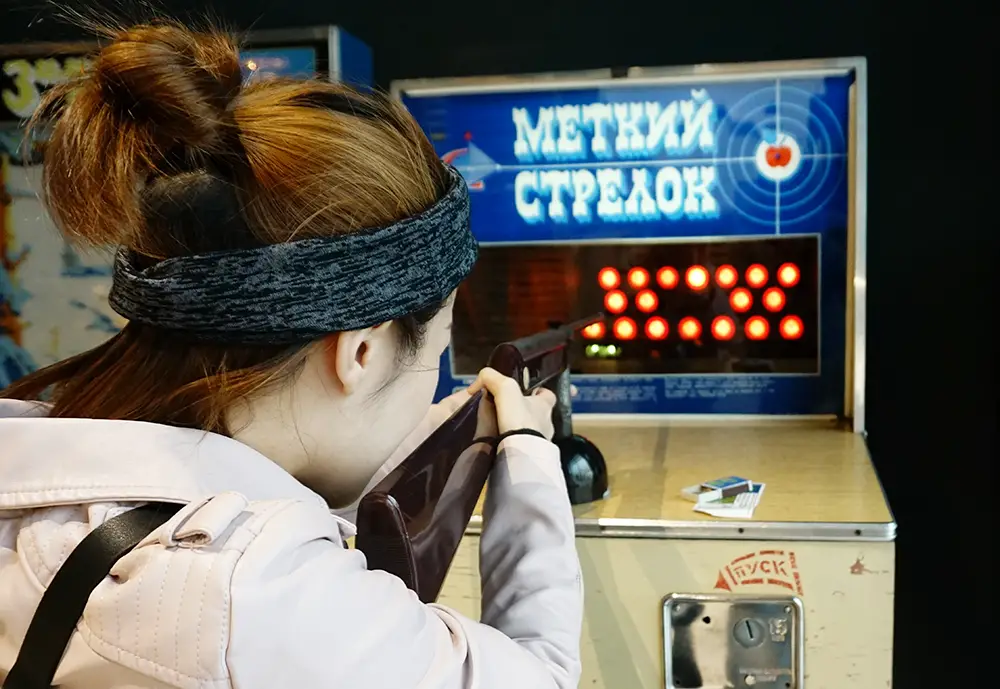
As the machines were produced in classified facilities, following the dissolution of the USSR, the manuals, considered classified documents, were destroyed and many of the machines gutted to repurpose their parts. Although this may have prevented the CIA from stealing Soviet arcade secrets, anyone interested in servicing the machines today must engage in a hefty amount of trial and error. In all, about 90 different types of machines were produced. The Museum of Soviet Arcade Machines has over 50 of these machines in their Moscow and St. Petersburg locations, and all the working machines are available for play!


